
Filter News
Area of Research
- Advanced Manufacturing (2)
- Biology and Environment (29)
- Computational Engineering (1)
- Computer Science (1)
- Electricity and Smart Grid (1)
- Energy Science (26)
- Fusion and Fission (4)
- Materials (5)
- Materials for Computing (4)
- Mathematics (1)
- National Security (1)
- Neutron Science (1)
- Sensors and Controls (1)
- Supercomputing (11)
News Topics
- (-) Advanced Reactors (2)
- (-) Bioenergy (13)
- (-) Clean Water (8)
- (-) Composites (6)
- (-) Environment (39)
- (-) Exascale Computing (2)
- (-) Frontier (4)
- (-) Grid (10)
- (-) Machine Learning (1)
- (-) Microscopy (10)
- 3-D Printing/Advanced Manufacturing (26)
- Artificial Intelligence (7)
- Big Data (5)
- Biology (23)
- Biomedical (10)
- Biotechnology (5)
- Buildings (13)
- Chemical Sciences (7)
- Computer Science (30)
- Coronavirus (10)
- Critical Materials (4)
- Cybersecurity (5)
- Energy Storage (21)
- Fusion (8)
- High-Performance Computing (19)
- Isotopes (12)
- ITER (4)
- Materials (32)
- Materials Science (22)
- Mathematics (1)
- Mercury (3)
- Nanotechnology (10)
- National Security (7)
- Neutron Science (20)
- Nuclear Energy (6)
- Physics (3)
- Polymers (5)
- Quantum Computing (5)
- Quantum Science (12)
- Security (3)
- Space Exploration (4)
- Statistics (1)
- Summit (9)
- Transportation (21)
Media Contacts
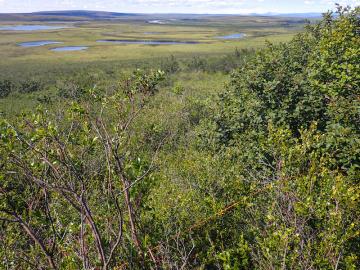
Scientists at Oak Ridge National Laboratory added new plant data to a computer model that simulates Arctic ecosystems, enabling it to better predict how vegetation in rapidly warming northern environments may respond to climate change.
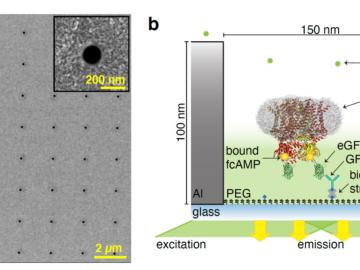
Researchers working with Oak Ridge National Laboratory developed a new method to observe how proteins, at the single-molecule level, bind with other molecules and more accurately pinpoint certain molecular behavior in complex
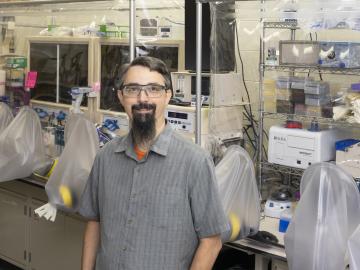
As a metabolic engineer at Oak Ridge National Laboratory, Adam Guss modifies microbes to perform the diverse processes needed to make sustainable biofuels and bioproducts.
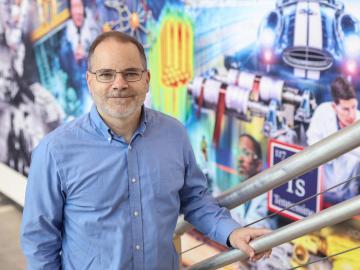
David Sholl is director of the new ORNL Transformational Decarbonization Initiative, working to elevate the lab’s prominence in decarbonization science and technology. Credit: Genevieve Martin, ORNL/U.S. Dept. of Energy.

Scientists at ORNL and the University of Wisconsin–Madison have discovered that genetically distinct populations within the same species of fungi can produce unique mixes of secondary metabolites, which are organic compounds with applications in
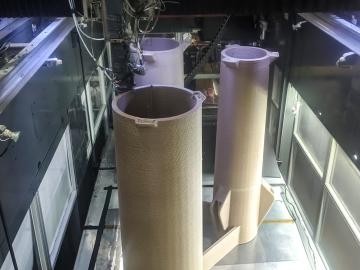
A team of researchers at Oak Ridge National Laboratory demonstrated the ability to additively manufacture power poles from bioderived and recycled materials, which could more quickly restore electricity after natural disasters.
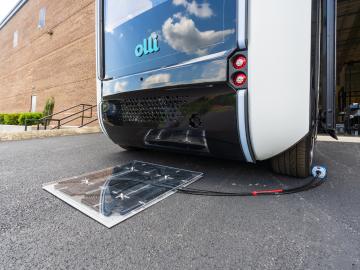
Oak Ridge National Laboratory researchers demonstrated their wireless charging technology on an autonomous electric vehicle for the first time in a project with Local Motors.
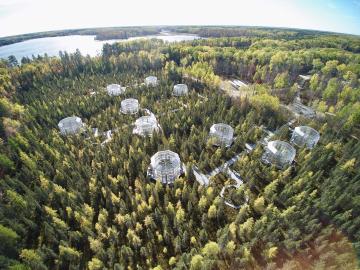
Scientists studying a unique whole-ecosystem warming experiment in the Minnesota peatlands found that microorganisms are increasing methane production faster than carbon dioxide production.
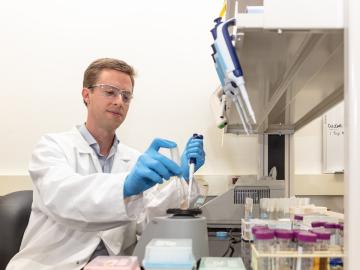
In a step toward increasing the cost-effectiveness of renewable biofuels and bioproducts, scientists at ORNL discovered a microbial enzyme that degrades tough-to-break bonds in lignin, a waste product of biorefineries.

As rising global temperatures alter ecosystems worldwide, the need to accurately simulate complex environmental processes under evolving conditions is more urgent than ever.


